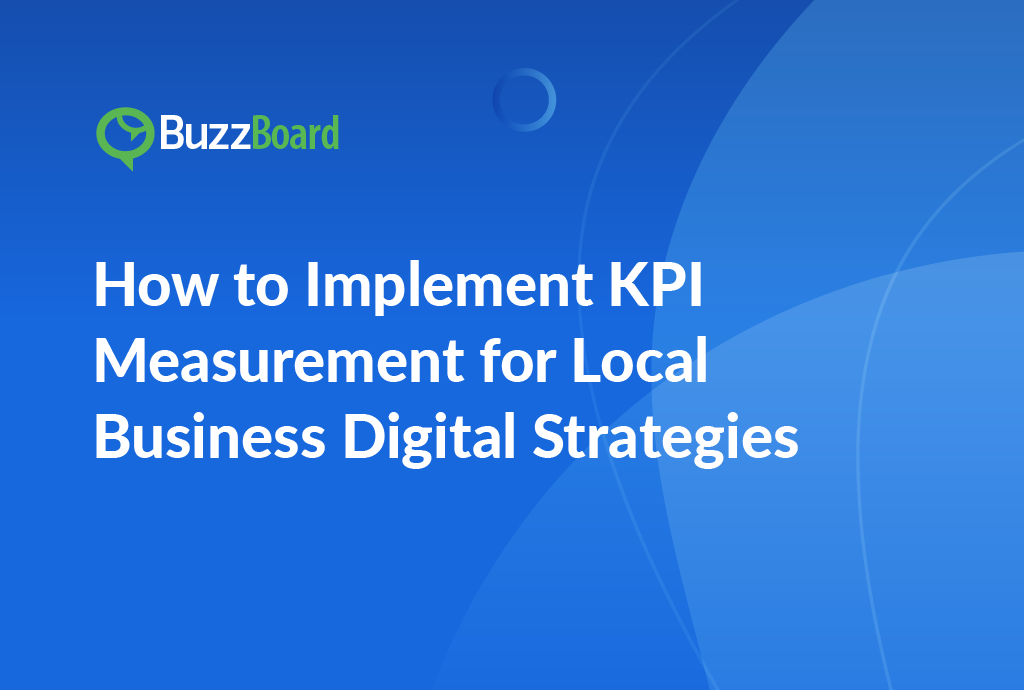Understanding the Importance of KPI Measurement in Local Business Digital Strategies
Understanding the intricacies of key performance indicators (KPIs) is pivotal to implementing successful digital strategies for local businesses. Indeed, accurate measurement of these strategies is the foundation of success in today’s digital business climate.
Firstly, measuring KPI in digital strategies is crucial to fully assess success. KPI metrics provide solid, numerical insight into the progress of a local business’s strategic initiatives. They effectively capture the digital impact on a business’s performance, particularly its online presence and virtual engagement.
High-quality analytics forms the cornerstone of these techniques. A robust, thorough reporting system assists in creating a transparent picture of the progress, strengths, weaknesses, and opportunities within a business’s digital strategy. Only through the careful measurement of KPIs can a local business assess their achievement of strategic objectives and revise their strategies as necessary.
KPI measurement does more than simply aiding in the assessment of success. It also optimizes performance by helping local businesses anticipate customer trends and behavior. This foresight can help shift the future trajectory of a small business to ensure ongoing survival and growth.
Ultimately, understanding the importance of KPIs in digital strategies enables a business to measure their impact, thereby optimizing performance—a crucial factor for businesses seeking to thrive in a digital era.
Ways to Implement KPI Measurement in Digital Strategies of Local Businesses
For local businesses, the digital world provides boundless opportunities for growth, visibility, and customer interaction. To capitalize on this potential, businesses need a solid system to evaluate performance. This is where measuring Key Performance Indicators (KPIs) for local business digital strategies comes into importance.
The initial stage involves identifying your organization’s unique KPIs. These serve as measurable metrics to assess the success of your digital strategies, spanning from website traffic to customer engagement rates, and online sales conversions. The goal is to align digital KPIs with broader business objectives.
When established, the strength of analytics and reporting takes center stage, allowing companies to measure influence and improve performance. Tools, like Google Analytics, among other specialized software, offer detailed insight into a customer’s digital journey and their interaction with your brand online.
The procedure also entails regularly evaluating and reviewing these KPIs, which is crucial to maintaining a flexible and adaptable strategy in the face of fluctuating market trends. Remember, the digital world changes rapidly, and yesterday’s successful tactics may not yield the same results today. Keeping a pulse on these indicators regularly can assist businesses in modifying their strategies and ensure sustained digital influence.
It’s apparent that effective measurement of local business digital strategies can lead the way to holistic growth and success assessment. Remember, the digital strategies that work best for your local business are based on solid data analysis and an understanding of your particular objectives. Leveraging KPIs and a rigorous focus on analytics, you can better navigate the digital landscape.
The Role of Analytics and Reporting in Measuring the Success of Digital Strategies
Employing analytics and reporting tools gives real-time insights and data, offering a tangible measure of strategy effectiveness. The crux of the matter is grasping Key Performance Indicators (KPIs). KPIs are numeric metrics that denote whether a business is meeting its goals. They are employed in the success evaluation of digital strategies. With appropriate KPIs, you can trace the digital impact of your endeavors on your local businesses.
There are multiple factors to weigh while setting these KPIs, such as website traffic, bounce rate, engagement rate, conversion rate, customer retention rate, cost per lead, and the lifetime value of a customer.
Analytics and reporting aid in fine-tuning and enhancing our digital strategies. They help uncover patterns, foresee trends, and make data-driven decisions, leading to an increase in return on investment (ROI).
Additionally, reporting provides insights into how these strategies measure up against set benchmarks. It gives a snapshot of your digital strategies and their achievements.
Companies that use analytics are five times more likely to make quick decisions, according to SAS. Seize the opportunity to leverage analytics and reporting in your digital strategy today.
Remember, a successful digital strategy hinges on continuous measurement, learning, and optimization. Craft your digital strategy roadmap wisely.
Successful KPI Implementation for Local Business Digital Strategies
Understanding the measurement of local business digital strategies and their impact is crucial for developing successful plans. Here, a few examples showcase how key performance indicator (KPI) implementation aids businesses in effectively evaluating success and optimizing performance.
Firstly, a local bookstore used digital strategies to boost its online sales. With primary KPIs centered on website traffic and online sales, they could measure the strategy’s impact. The use of reporting tools and analytics refined their digital strategy, leading to a 30% increase in online sales over a quarter.
In another example, a local restaurant leveraged KPIs to bolster its digital presence. Measures, such as customer engagement across social media platforms, website visits, and the efficiency of their online reservation system, helped them assess their digital impact. Consequently, they could revise their strategies and optimize them, resulting in a significant rise in their online reservations.
A regional hardware store measured its digital strategy’s impact using KPIs aligned with business goals, such as website visits, online inquiry forms completed, and online orders placed. This measurement not only helped them assess their digital strategy effectiveness but also informed future marketing plans, improving their business performance.
These examples illustrate the importance of KPIs in the measurement and success evaluation of local business digital strategies. By carefully selecting, analyzing, and iterating KPIs, businesses can ensure their digital strategies effectively contribute to their business goals.
Remember, the key is to consistently apply and refine these KPIs to optimize performance.
How to Optimize Performance and Measure Impact Through KPI Measurement
Optimizing performance and accurately measuring its impact is crucial for any successful local business digital strategy. This method helps in understanding what measures are effective, what needs improvement, and how to efficiently streamline efforts.
Firstly, defining clear and actionable goals is the initial step toward optimization. In the digital sphere, these goals are represented by Key Performance Indicators (KPIs), which serves as a measurable value demonstrating how effectively a company is reaching its key business objectives. This translates business goals into data points for analysis.
Measurement and analytics are vital in this process, serving as the numerical testament of the work one has done and its effectiveness. Metrics like the cost-per-click (CPC), conversion rates, and average time spent on a page help local businesses understand their digital strategies and user interaction with their online platforms.
Equally important is reporting. Transparent and regular reports ensure that everyone involved in the business—from employees to stakeholder—understands the current effectiveness of digital strategies.
However, remember, the process of KPI measurement and optimization doesn’t just end at reporting. It’s a continuous cycle of assessing performance, making necessary adjustments, reassessing, and so on. This ongoing process significantly contributes to shaping your business and moving it one step closer to success.









